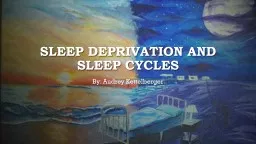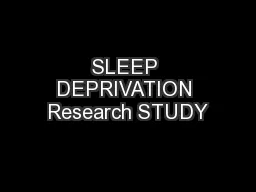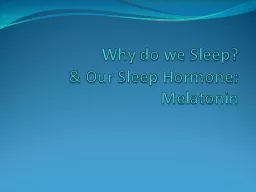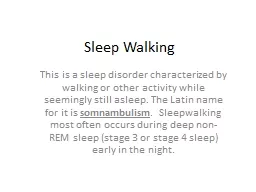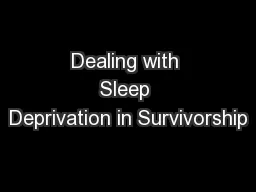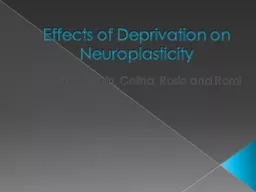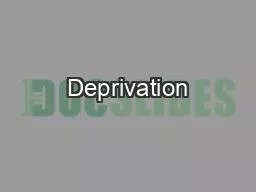PPT-Sleep Deprivation and Sleep Cycles
Author : mitsue-stanley | Published Date : 2018-11-02
By Audrey Kettelberger Brief History of the Study of Sleep Our fascination with sleep dates all the way back to 450 BC with the Ancient Greeks although there wasnt
Presentation Embed Code
Download Presentation
Download Presentation The PPT/PDF document "Sleep Deprivation and Sleep Cycles" is the property of its rightful owner. Permission is granted to download and print the materials on this website for personal, non-commercial use only, and to display it on your personal computer provided you do not modify the materials and that you retain all copyright notices contained in the materials. By downloading content from our website, you accept the terms of this agreement.
Sleep Deprivation and Sleep Cycles: Transcript
Download Rules Of Document
"Sleep Deprivation and Sleep Cycles"The content belongs to its owner. You may download and print it for personal use, without modification, and keep all copyright notices. By downloading, you agree to these terms.
Related Documents

